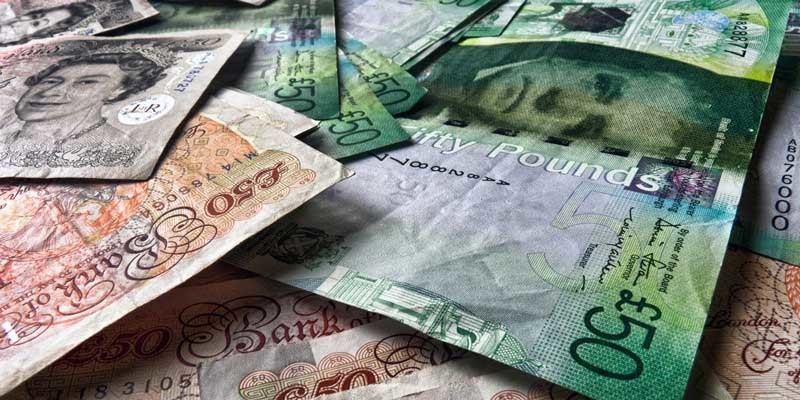The opinions of the so-called “three wise men” who made up the panel of the independent budget review (IBR) are all very interesting if not entirely new, but need a reality check on two counts.
Why on earth have they offered us the benefit of their combined brainpower now, at the end of July, when we don’t yet know how deep the cuts in public spending will be?
The emergency Budget last month set the scene, but chancellor George Osborne won’t deliver his comprehensive spending review until October 20, and only then will the Scottish Government know the size of the task ahead.
Finance secretary John Swinney is right when he says that the IBR can “only offer options to respond to this challenge within the powers currently available to us.”
The second element the panel has not, and could not, factor in is the politics. Just where the spending axe falls will be decided by political calculations as much as anything else.
At the General Election the parties were unwilling to be open about their plans for cuts to the point of dishonesty. For example, none of the major parties would admit they planned to raise VAT if elected and Labour and the Tories in particular refused to answer questions in detail.
As far as Scotland is concerned, the planning for the biggest public spending cuts in living memory will be done at the same time as the parties gear up for the Scottish Parliament elections next May.
Both SNP and Labour expect to win and they know that campaigning on a platform of cuts and pain, regardless of who they try to blame for it, will not impress the electorate.
Cutting 60,000 jobs, ending free personal care, bring in road tolls and slapping on tuition fees is hardly likely to form the basis of anyone’s successful election campaign.Review at a glance Public sector employment cut by between 5.7% and 10% up to 60,000 jobs. Two-year public sector pay freeze from 2011-12. Public sector pensions review. Consider road user charging (road tolls). Recruitment freeze across the public sector. Pension changes, it says, “are essential and almost certainly unavoidable.” Review of free personal and nursing care, concessionary travel and free NHS eye examinations. Scrap final stage of planned reduction in prescription charges. Make Scottish Water a public interest company to release capital. Consider introducing student tuition fees. End the council tax freeze.
Photo courtesy of Stewart Lloyd-Jones.
